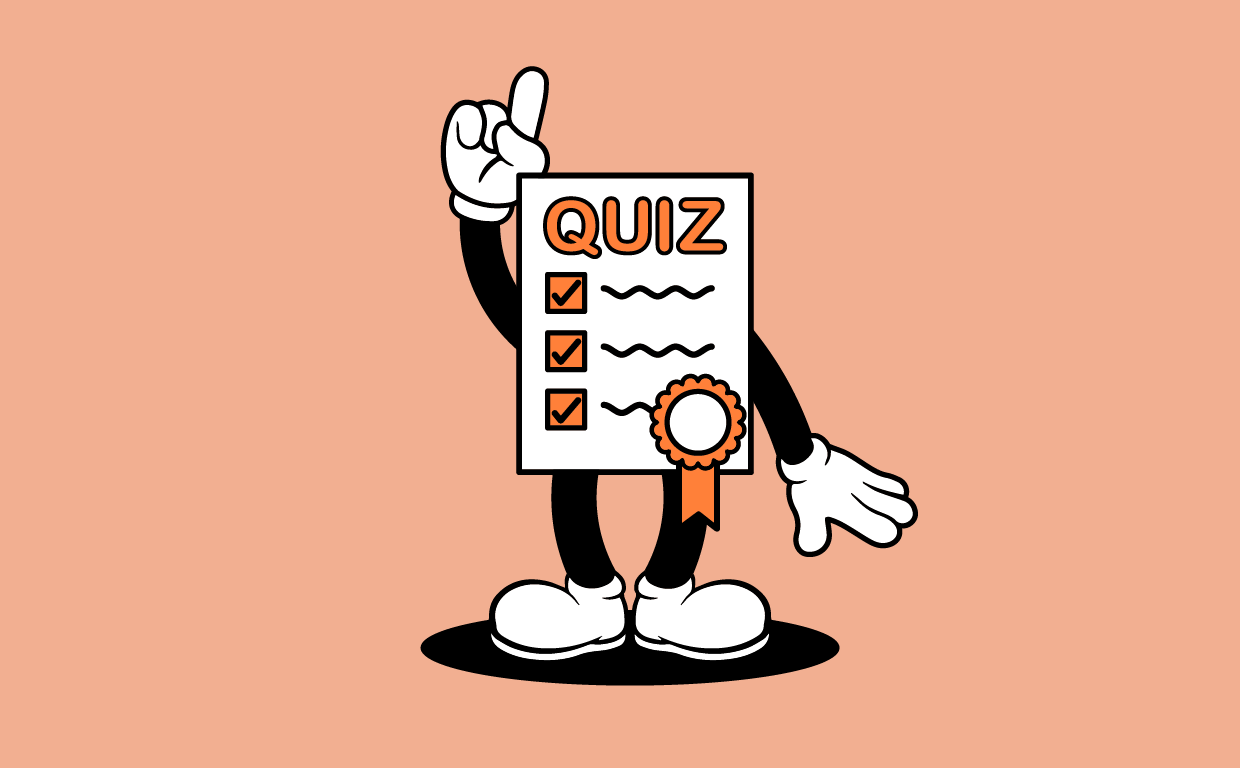How to Open a Roth IRA in Five Simple Steps
Here's what you need to know to easily open a Roth IRA.


Roth IRAs can be good savings options for anyone who expects to be in a higher tax bracket in the future, making tax-free withdrawals even more favorable. All the same, there are income limitations to opening a Roth IRA, and not everyone is eligible for this type of retirement account. So, understanding how to unlock your Roth IRA's full potential is key.
Roth IRAs are individual retirement accounts that let you save for retirement with after-tax dollars. Since taxes are paid on contributions before they’re placed in the account, withdrawals from a Roth IRA can be made tax-free at a later date. And since the IRS increased contribution limits on Roth IRAs, you can save even more than in previous years. This year, you can contribute up to $7,000, as well as an extra $1,000 in catch-up contributions.
Sound appealing? Here’s how to open a Roth IRA in five simple steps.
From just $107.88 $24.99 for Kiplinger Personal Finance
Become a smarter, better informed investor. Subscribe from just $107.88 $24.99, plus get up to 4 Special Issues

Sign up for Kiplinger’s Free Newsletters
Profit and prosper with the best of expert advice on investing, taxes, retirement, personal finance and more - straight to your e-mail.
Profit and prosper with the best of expert advice - straight to your e-mail.
1. Make sure you're eligible to open a Roth IRA
The first step in opening a Roth IRA is determining if you’re eligible. To be eligible for a Roth IRA, you’ll need to have earned income, and this income must be within certain limits.
For 2025, you can contribute the full Roth IRA amount — $7,000, or $8,000 if you’re 50 or older — if your modified adjusted gross income (MAGI) is below $150,000 (single filers) or $236,000 (married filing jointly). Above these thresholds, your contribution limit phases out, disappearing entirely at $165,000 for singles or $246,000 for joint filers.
If you make more than this, you could potentially benefit from using a backdoor Roth IRA, where you convert a traditional IRA to a Roth. Or consider qualifying for Roth IRA contributions by lowering your income.
2. Choose a provider
The second step is to choose where to open the account. Roth IRA accounts can be opened in several places, including mutual fund firms, full-service brokerages, financial planning firms, and at almost all investment companies.
If you’re planning on choosing your investments, opening a Roth IRA with an online broker is a good choice. On the other hand, if you’re more of a hands-off investor, consider a robo-adviser. Robo-advisers are automated services offered by banks and brokerages that manage your investments for you at a low cost.
When searching for Roth IRA providers, it's important to compare minimum investment requirements and maintenance fees, if any. Also consider whether or not the company offers the types of investments you’re looking for (mutual funds, ETFs, etc.), how much it costs to trade, and if the account offers any additional tools like a retirement calculator.
3. Fill out the paperwork
After choosing a provider, it's time to apply. In many cases, you can complete a Roth IRA application online, but you'll need to gather some paperwork to do so.
Here's what you'll need to have on hand during the sign-up process:
- Driver's license, photo ID or passport
- Social Security number
- Bank routing number
- Checking or savings account number to transfer money to the account
- Proof of employment
- Name, address and SSN of the plan beneficiary
4. Choose investments
Next, you’ll need to choose the investments for your Roth IRA. You can choose to do this all by yourself or have an adviser do it for you. If you choose your investments, you’ll need to decide on an appropriate asset allocation, based on your risk tolerance and your time horizon to retirement.
Choose how much money you’ll put towards riskier investments and how much you’ll keep relatively safe. You can also invest in a target-date retirement fund, a diversified portfolio that changes as your risk does, and offers a simple way to maintain diversification and risk levels.
5. Set up a contribution schedule
Instead of paying in one lump sum, you can fit regular contribution payments into your budget by setting up monthly transfers from your checking or savings account to your Roth IRA.
As mentioned above, the Roth IRA contribution limit is $7,000 (or $8,000 if you're older than 50), which works out to be around $583 a month. If you can't afford this much each month, it still pays to contribute what you can.
Pros and cons of a Roth IRA
Pros | Cons |
|---|---|
Tax-free growth | No upfront tax break for contributing |
No required minimum distributions (RMDs) | Income limits for making contributions |
Contributions can be withdrawn any time, tax- and penalty-free | Earnings withdrawals before age 59 ½ may be subject to penalties |
Tax flexibility in retirement | Ease of early withdrawals might be tempting |
Pass down money in a Roth IRA tax-free to your heirs | Contribution limit of 7,000 (or $8,000 if you're older than 50) |
What to weigh when thinking of opening a Roth IRA
It's easy to open a Roth IRA, but if you have questions or you're not certain which investments are right for you, reach out to a tax professional or financial expert. Generally speaking, you should consider having a Roth IRA as part of your overall retirement plan. It offers tax-free growth and withdrawals, which can help minimize taxes and maximize retirement savings. But keep in mind that contributing to a Roth IRA comes with income requirements.
Related Content
Profit and prosper with the best of Kiplinger's advice on investing, taxes, retirement, personal finance and much more. Delivered daily. Enter your email in the box and click Sign Me Up.

Erin pairs personal experience with research and is passionate about sharing personal finance advice with others. Previously, she was a freelancer focusing on the credit card side of finance, but has branched out since then to cover other aspects of personal finance. Erin is well-versed in traditional media with reporting, interviewing and research, as well as using graphic design and video and audio storytelling to share with her readers.
-
 Original Medicare vs Medicare Advantage Quiz: Which is Right for You?
Original Medicare vs Medicare Advantage Quiz: Which is Right for You?Quiz Take this quick quiz to discover your "Medicare Personality Type" and learn whether you are a Traditionalist, or a Bundler.
-
 Ask the Editor: Capital Gains and Tax Planning
Ask the Editor: Capital Gains and Tax PlanningAsk the Editor In this week's Ask the Editor Q&A, Joy Taylor answers questions on capital gains tax rates and end-of-year tax planning
-
 Time Is Running Out to Make the Best Tax Moves for 2025
Time Is Running Out to Make the Best Tax Moves for 2025Don't wait until January — investors, including those with a high net worth, can snag big tax savings for 2025 (and 2026) with these strategies.
-
 Original Medicare vs Medicare Advantage Quiz: Which is Right for You?
Original Medicare vs Medicare Advantage Quiz: Which is Right for You?Quiz Take this quick quiz to discover your "Medicare Personality Type" and learn whether you are a Traditionalist, or a Bundler.
-
 Time Is Running Out to Make the Best Moves to Save on Your 2025 Taxes
Time Is Running Out to Make the Best Moves to Save on Your 2025 TaxesDon't wait until January — investors, including those with a high net worth, can snag big tax savings for 2025 (and 2026) with these strategies.
-
 4 Smart Ways Retirees Can Give More to Charity, From a Financial Adviser
4 Smart Ways Retirees Can Give More to Charity, From a Financial AdviserFor retirees, tax efficiency and charitable giving should go hand in hand. After all, why not maximize your gifts and minimize the amount that goes to the IRS?
-
 I'm an Insurance Pro: If You Do One Boring Task Before the End of the Year, Make It This One (It Could Save You Thousands)
I'm an Insurance Pro: If You Do One Boring Task Before the End of the Year, Make It This One (It Could Save You Thousands)Who wants to check insurance policies when there's fun to be had? Still, making sure everything is up to date (coverage and deductibles) can save you a ton.
-
 Should You Tap Your Home Equity Before 2026?
Should You Tap Your Home Equity Before 2026?As borrowing rates and tax law shifts converge, here's what homeowners need to know before pulling equity out of their home.
-
 My Adult Child Was Laid Off. Can We Discuss It Without Ruining the Holidays?
My Adult Child Was Laid Off. Can We Discuss It Without Ruining the Holidays?We asked mental health and financial experts for advice.
-
 3 Year-End Tax Strategies for Retirees With $2 Million to $10 Million
3 Year-End Tax Strategies for Retirees With $2 Million to $10 MillionTo avoid the OBBB messing up your whole tax strategy, get your Roth conversions and charitable bunching done by year's end.
-
 'Politics' Is a Dirty Word for Some Financial Advisers: 3 Reasons This Financial Planner Vehemently Disagrees
'Politics' Is a Dirty Word for Some Financial Advisers: 3 Reasons This Financial Planner Vehemently DisagreesYour financial plan should be aligned with your values and your politics. If your adviser refuses to talk about them, it's time to go elsewhere.